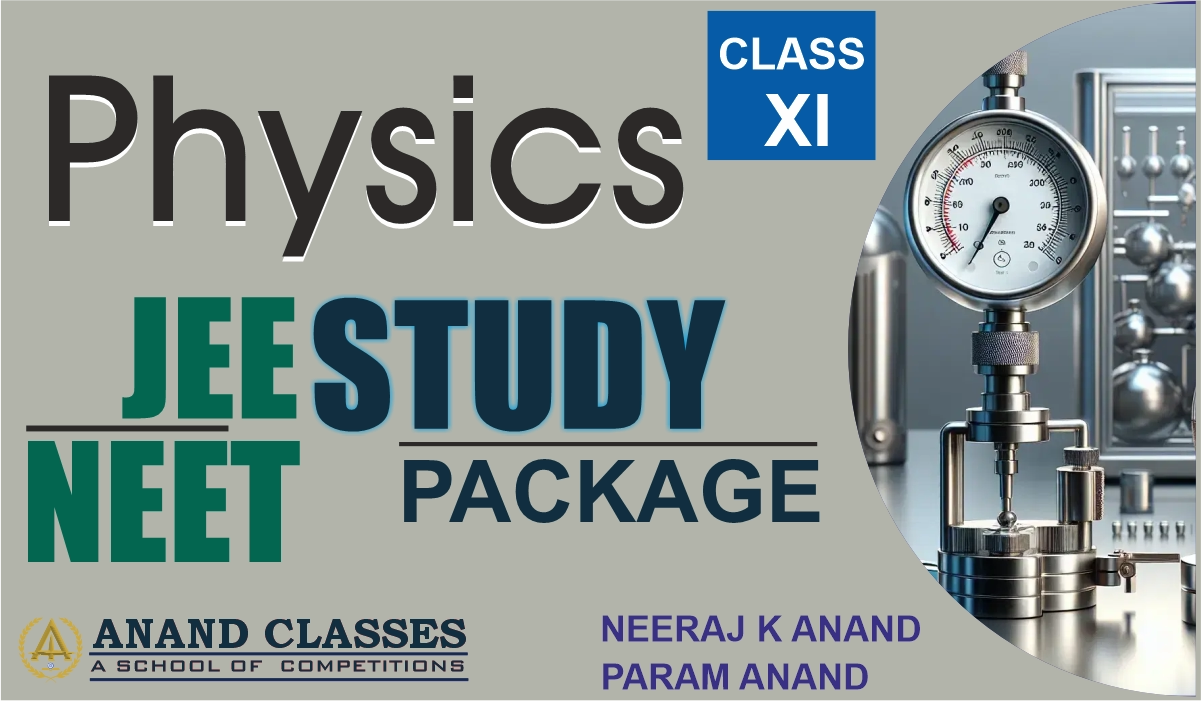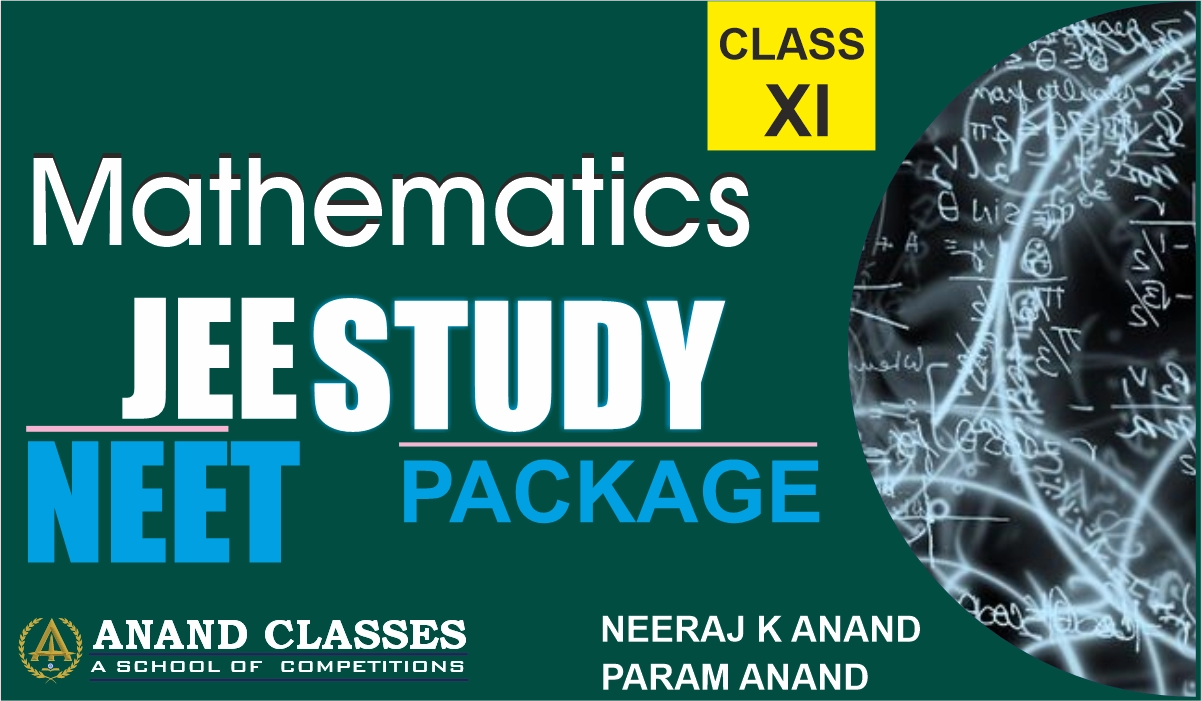The law of conservation of momentum is one of the most prominent laws in physics. The conservation of momentum law principle tells us that the total momentum of a system is always conserved for an isolated system.
Table of Contents
Momentum Conservation Principle
Law of conservation of momentum states that
For two or more bodies in an isolated system acting upon each other, their total momentum remains constant unless an external force is applied. Therefore, momentum can neither be created nor destroyed.
The principle of conservation of momentum is a direct consequence of Newton’s third law of motion.
Derivation of Conservation of Momentum From Newton’s Third Law of Motion
Newton’s third law states that for a force applied by an object A on object B, object B exerts back an equal force in magnitude, but opposite in direction. This idea was used by Newton to derive the law of conservation of momentum.
Consider two colliding particles A and B whose masses are m1 and m2 with initial and final velocities as u1 and v1 of A and u2 and v2 of B. The time of contact between two particles is given as t.
\(\begin{array}{l}A=m_{1}(v_{1}-u_{1})\end{array} \)
(change in momentum of particle A)
\(\begin{array}{l}B=m_{2}(v_{2}-u_{2})\end{array} \)
(change in momentum of particle B)
\(\begin{array}{l}F_{BA}=-F_{AB}\end{array} \)
(from third law of motion)
\(\begin{array}{l}F_{BA}=m_{2}*a_{2}=\frac{m_{2}(v_{2}-u_{2})}{t}\end{array} \)
\(\begin{array}{l}F_{AB}=m_{1}*a_{1}=\frac{m_{1}(v_{1}-u_{1})}{t}\end{array} \)
\(\begin{array}{l}\frac{m_{2}(v_{2}-u_{2})}{t}=\frac{-m_{1}(v_{1}-u_{1})}{t}\end{array} \)
| \(\begin{array}{l}m_{1}u_{1}+m_{2}u_{2}=m_{1}v_{1}+m_{2}v_{2}\end{array} \) |
Therefore, above is the equation of law of conservation of momentum where
\(\begin{array}{l}m_{1}u_{1}+m_{2}u_{2}\end{array} \)
is the representation of total momentum of particles A and B before the collision and
\(\begin{array}{l}m_{1}v_{1}+m_{2}v_{2}\end{array} \)
is the representation of total momentum of particles A and B after the collision.
Examples of Law of Conservation of Momentum
Following are the examples of law of conservation of momentum:
- Air-filled balloons
- System of gun and bullet
- Motion of rockets
Solved Problems on Law of Conservation of Momentum
Q1. There are cars with masses 4 kg and 10 kg respectively that are at rest. The car having the mass 10 kg moves towards the east with a velocity of 5 m.s-1. Find the velocity of the car with mass 4 kg with respect to ground.
Ans: Given,
m1 = 4 kg
m2 = 10 kg
v1 = ?
v2 = 5 m.s-1
Pinitial = 0, as the cars are at rest
Pfinal = p1 + p2
Pfinal = m1.v1 + m2.v2
= (4 kg).(v1) + (10 kg).(5 m.s-1)
We know from the law of conservation of momentum that,
Pinitial = Pfinal
0=4 kg.v1+50 kg.m.s-1
v1 = 12.5 m.s-1
Q2. Find the velocity of a bullet of mass 5 grams which is fired from a pistol of mass 1.5 kg. The recoil velocity of the pistol is 1.5 m.s-1.
Ans: Given,
Mass of bullet, m1 = 5 gram = 0.005 kg
Mass of pistol, m2 = 1.5 kg
The velocity of a bullet, v1 = ?
Recoil velocity of pistol, v2 = 1.5 m.s-1
Using law of conservation of momentum,
m1u1 + m2u2 = m1v1 + m2v2
Here, Initial velocity of the bullet, u1 = 0
Initial recoil velocity of a pistol, u2 = 0
∴ (0.005 kg)(0) + (1.5 kg)(0) = (0.005 kg)(v1) + (1.5 kg)(1.5 m.s-1)
0 = (0.005 kg)(v1)+(2.25 kg.m.s-1)
v1=-450 m.s-1
Hence, the recoil velocity of the pistol is 450 ms-1.
Frequently Asked Questions – FAQs
Q1
What is momentum?
Momentum is the product of mass and velocity. It is the quantity of measure of the mass of the object and its velocity.
Q2
Give the formula for law of conservation of momentum
The formula for the law of conservation of momentum is:
\(\begin{array}{l}m_{1}u_{1}+m_{2}u_{2}=m_{1}v_{1}+m_{2}v_{2}\end{array} \)
Q3
List some examples of law of conservation of momentum.
Examples of law of conservation of momentum are:
- Motion of rockets
- Air-filled balloons
- System of gun and bullet
Q4
Is momentum a scalar or a vector quantity?
Momentum is a vector quantity since it has both magnitude and direction.

